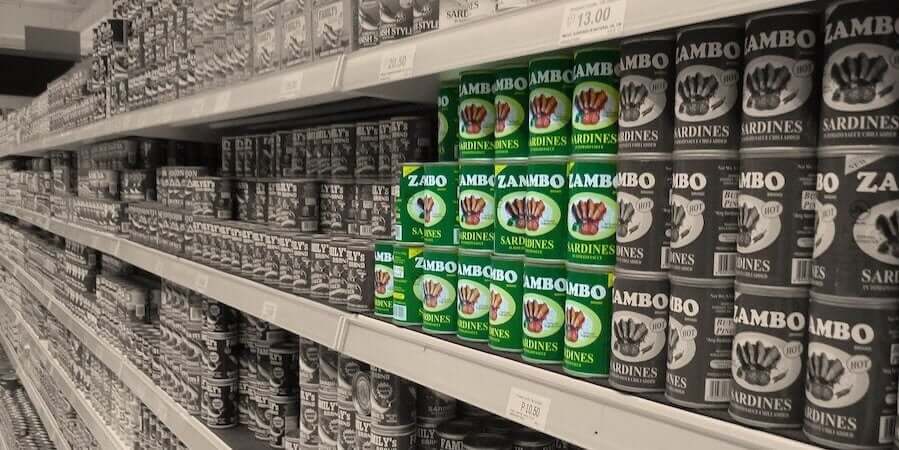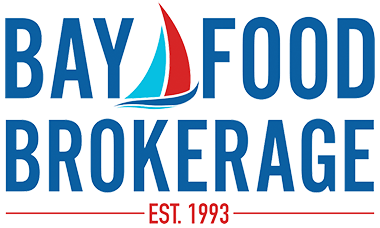
How understanding food trends and consumer preferences can increase retail sales
Shoppers have a plethora of options to choose from when they visit supermarkets these days. Every product category has multiple brands competing for consumers’ attention and dollars. So how does a food manufacturer ensure their products stand out on grocery store shelves? They have to understand the latest food trends and consumer preferences, then develop and design products that differentiate themselves from competitors.
Here are five things a manufacturer can do to help their food product stand out on supermarket shelves.
1. Research retailers and competitors
Before you design product packaging, it’s critical to research your target retailers and competitors. What you learn during this phase will inform plans for all other tips shared in this post.
First, you’ll need to understand where your product would be displayed in each retailers’ stores. Some retailers have a very flexible approach to how products are displayed. Others are rigid in their display requirements. So, while one retailer may allow for a special display of hanging products near the deli, another may want to sell the same product on a shelf in the center store.
Once you understand in which area of the store the retailer(s) would sell your product and how it would be displayed, assess the competition there. Then, consider how you could make your product stand out among them. For example, if competing products largely use the same color on their packaging, use a different color for yours, to capture consumers’ attention.
Any of the below tips can help you stand out from competitors, when used appropriately. Just be smart about how you choose to differentiate your product from its competitors. For example, be somewhat consistent in size. If most competitors offer a 12-ounce product, don’t make yours 16 ounces that’s more expensive, if there’s no value proposition to justify it.
2. Show the product – or don’t
According to the latest food trends and consumer preferences, “eye-appeal is buy-appeal.” This means consumers like to see many food products through their packaging. This is particularly true for perishable products, and especially those sold in the deli, like prepared meals.
If your product looks fresh and appetizing in the state it’s sold, consider using:
- Clear clamshells
- Sous vide bags
- Boxes with windows
On the other hand, food that does not look appealing in the state it’s sold should not use clear packaging. This would include products like refrigerated mashed potatoes and macaroni and cheese, which don’t look very appealing when they’re cold.
3. Embrace consumer convenience and sustainability preferences
The latest food trends and consumer preferences show a distinct leaning toward manufacturers and brands that practice sustainability. So, another thing to keep in mind regarding product packaging material is whether it can be recycled. More and more, consumers – and, therefore, retailers – are looking for products that use sustainable or innovative packaging.
Also, consider whether the packaging is convenient for consumers. For example, if the product has to be microwaved, can it be packaged in a microwavable container? Or, if the product isn’t intended to be consumed in one sitting, can the package be resealed? Consider how your product could use disruptive or creative packaging to stand out from competing products on the shelf.
4. Lean in to the latest graphic design-related food trends
Using a package color that’s different from competing products is just one graphic design tactic food manufacturers can use to help their products stand out on supermarket shelves. According to the latest consumer preferences and food trends, popular product design tactics include using:
- A matte finish (instead of a shiny finish)
- A QR code that links to a webpage, such as the product’s website, an online recipe or a video
- Food photography shot at optimal angles
5. Highlight attributes
Data on food trends and consumer preferences show that product attributes can play a large part in consumers’ buying decisions. That means it’s important to list attributes on your products’ packaging where they can be easily seen, especially those that differ from your competitors’.
Some of the most popular attributes to list on product packaging right now include:
- Organic
- No artificial preservatives
- Gluten-free
- Keto
- Lower-sodium
- No trans fat
- Easy-open
- Resealable
- Recyclable
- Fair-trade
Need helping figure out how to make your product stand out on supermarket shelves? Contact us today to learn how we can help.
